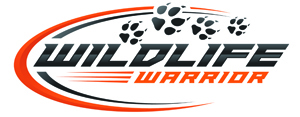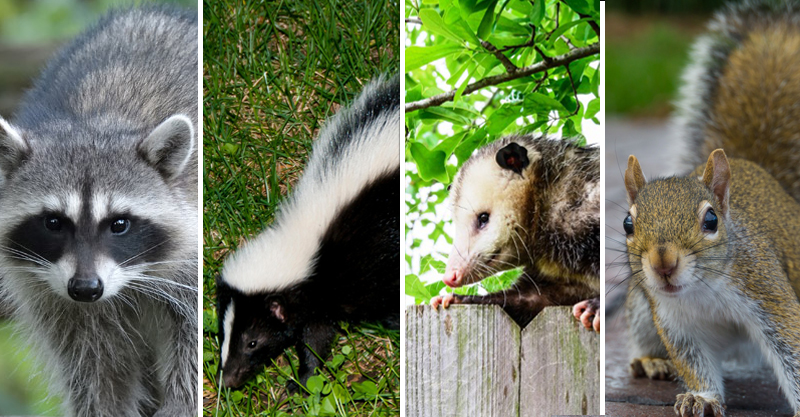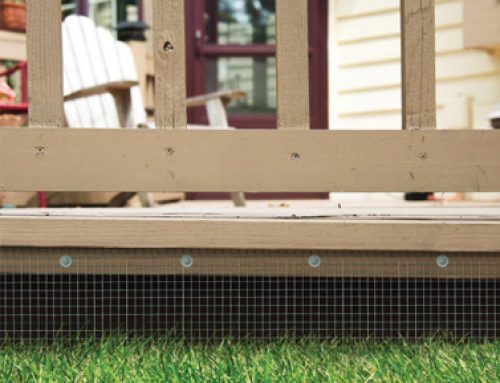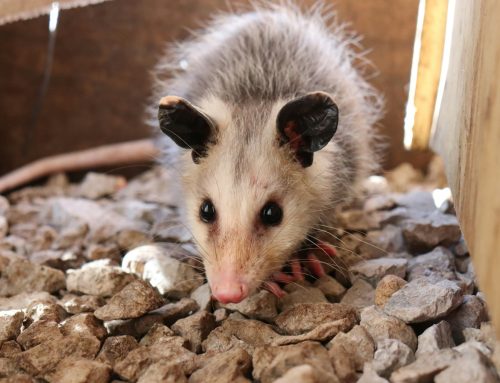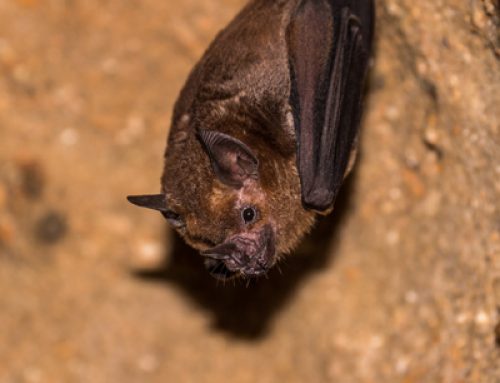Wild animal interactions are becoming more frequent as more communities open out into natural areas. It’s tempting to attempt to solve the problem on your own, whether it’s squirrels in the walls or raccoons in the attic. But before you grab a trap or call just any pest control company, it’s important to consider the right—and humane—way to deal with these situations.
Choosing ethical animal removal isn’t just about doing the right thing. It also helps prevent repeat problems, ensures your family’s safety, and keeps local wildlife protected and thriving. Let’s explore how you can remove wildlife responsibly without causing them harm.
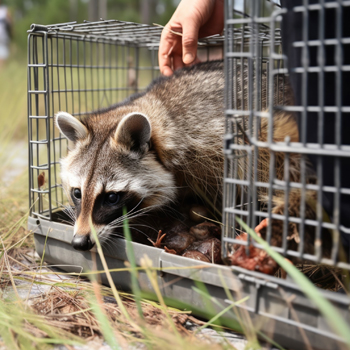
Why DIY Wildlife Removal Can Be Risky
Removing a bird or raccoon from your home may seem to be an easy chore at first. Without the right training, however, there are a number of hazards.
Diseases including leptospirosis, roundworms, and rabies may be spread by wild animals. Attempting to handle or trap them without the right equipment puts you in direct contact with these dangers. Additionally, wild animals may become aggressive when cornered or separated from their young.
Aside from health concerns, you could unknowingly break local laws. Many wildlife species are protected under state or federal regulations, and improper handling can lead to fines or other legal consequences.
Preventing Wildlife Intrusion with Humane Methods
Preventing animal problems in the first place is the most efficient approach to deal with them. This is where humane wildlife control truly begins.
Start by identifying and removing anything that might attract animals to your home—this includes accessible garbage bins, bird feeders, pet food left outdoors, or overgrown shrubbery. Secure vents, chimneys, and other entry points with screens or covers to block access without harming the animal.
You can also use gentle deterrents. Motion-activated lights or sprinklers can scare away nocturnal creatures, while natural scents like peppermint oil may discourage entry without posing any harm.
Safe and Gentle Wildlife Removal Techniques
When wildlife has already made its way inside, there are ways to encourage them to leave without force.
Creating an unwelcoming atmosphere is one way. Animals such as raccoons and squirrels prefer dark, quiet places. Adding lights, playing music, or introducing safe scents can often drive them to leave on their own.
Live traps are another option, but they must be used responsibly. To prevent stress or harm to the animal, traps should be inspected often. Animals should be released into suitable habitats away from populated areas after being caught. Never relocate animals during breeding season, as babies left behind can suffer and die unnoticed.
These approaches are key components of ethical animal removal, ensuring the animal’s safety while resolving your issue.
Understanding Species-Specific Solutions
Different animals require different solutions. For example, bats often roost in attics and are protected in many areas, meaning they can’t be removed at certain times of year. Professionals use exclusion techniques in these situations, which let bats go but prevent them from returning.
On the other hand, snakes often seek warmth inside. They should be gently captured and released in a suitable environment. Understanding each species’ behavior is essential to removing them in a way that’s both effective and kind.
When to Call a Wildlife Professional
Sometimes, the safest and most effective option is to contact a wildlife removal service that specializes in humane wildlife control. This is especially important in cases involving aggressive animals, mothers with young, or large infestations.
Look for companies that clearly advertise ethical animal removal practices. Reputable services will perform a thorough inspection, use non-lethal methods, and offer guidance on preventing future problems. Ask about their licenses, insurance, and whether they comply with local wildlife regulations.
The Bigger Picture: Coexisting with Wildlife
Urban development will continue to bring us closer to the natural world. While that can lead to occasional conflicts, it also offers a chance to coexist responsibly. Every time we choose humane wildlife control, we’re helping preserve the balance between humans and nature.
By removing food temptations, sealing entry points, and using non-lethal deterrents, you can reduce the chances of wildlife problems in your home. And when animals do find their way in, you now know how to guide them out the right way—safely and respectfully.
Handle Wildlife the Smart Way Without Causing Harm or Fear
Wildlife removal doesn’t have to involve harm, fear, or confrontation. You can safeguard both your house and the animals that approach too closely if you take the proper precautions. Remember, ethical animal removal is not only the most compassionate route—it’s also one of the most effective.
Speak with an expert who specializes in humane wildlife management if you’re not sure how to proceed. Your local ecosystem—and your conscience—will thank you.
Need help with safe and responsible wildlife removal? Wildlife Warriors is here to protect your home and local animals with fast, humane wildlife control solutions. Don’t risk harmful DIY methods—trust our team for ethical animal removal done right. Contact Wildlife Warriors today for a free inspection and peace of mind!
